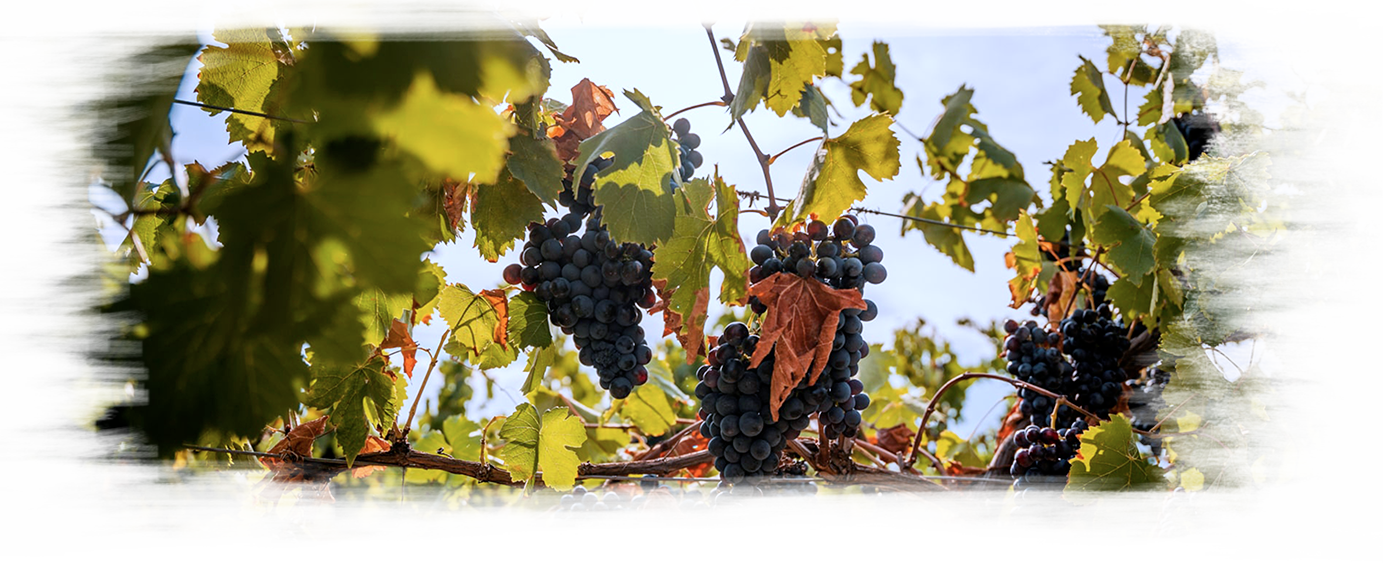This website uses cookies so that we can provide you with the best user experience possible. Cookie information is stored in your browser and performs functions such as recognising you when you return to our website and helping our team to understand which sections of the website you find most interesting and useful.
Grape varieties

The Languedoc and all its grape varieties
The grape varieties of the South take the lion's share of the Protected Designation of Origin (PDO) of the Languedoc. The Indications Géographiques Protégées (IGP) Sud de France are the field of expression of grape varieties from all over France and the world. The PDO imposes majority grape varieties and proposes accessory grape varieties, all of which are essential identity markers of the region. Ampelography is the science of grape varieties; its specialists are Languedoc scientists: Henri Bouschet in the 19th century, Pierre Viala and then Pierre Galet in the 20th century, have contributed to making the Languedoc the ampelographic sanctuary it is today. The Vassal estate, in Marseillan in the Hérault, has no less than 5,000 of the 6,000 grape varieties known throughout the world. Its owner, the Institut National de Recherche sur l'Agriculture, l'Alimentation et l'Environnement (INRAE) in Montpellier, is a center for the development of grape varieties through crossbreeding, while throughout the region, collections of old grape varieties are multiplying by taking samples from the oldest vines in the appellations to preserve this unique genetic heritage. Red grape varieties occupy three quarters of the vineyard.


Grenache noir and carignan are the masters of the place, flanked by syrah, an improver that has found its feet (see below). In white, the Languedoc offers some very fine specialties: piquepoul, clairette, bourboulenc, grey and white grenache and carignan, but also chardonnay in the appellation, and sauvignon in the IGP. It takes everything to make this world of wine, summarized in a single region in all its appellations, capable of responding to all desires, to all consumer trends.
Discover our grape varieties from the Languedoc
The black ones

Top five


Let's distinguish between the star grape varieties of our PDOs, the imposed figure, and those of our PGIs, the free figure.
In PDO: the union makes the strength, the assembly is the rule
In PDO, our star grape varieties are the "majority grape varieties": Grenache, Syrah, Mourvèdre and/or Carignan, and even Cabernets and Merlot in the Atlantic Corridor, which are well placed in the top 5, and for good reason! Together or separately, they must account for at least 40% of PDO blends. In reds as in whites, one grape variety, even if it is the majority, cannot represent more than 80% of a single vintage. We must mix, blend, and be enriched by our differences!In PGI: more varieties, more creativity for our winemakers
In PGI, our star grape varieties are the most planted. We find our Mediterranean grape varieties, in single variety or in blends that do not comply with the PDO rule, because the PGI leaves more room for inspiration to our producers. We also find grape varieties from elsewhere, cabernets and merlots but also pinot noir or tempranillo or sangiovese... It is the happiness of the free figure.







